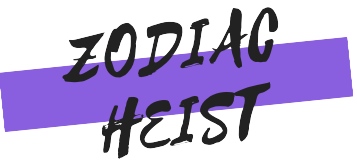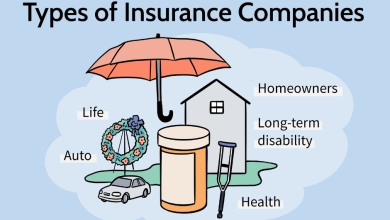Home Sweet Home: Navigating Property Insurance in the United States

Introduction:
Owning a home is a significant investment and a place of security and comfort for many Americans. However, protecting this valuable asset from unexpected events such as natural disasters, accidents, or theft is essential. Property insurance plays a crucial role in safeguarding homes and personal belongings, providing financial assistance to homeowners in times of need. This article delves into the intricacies of property insurance in the United States, offering guidance on understanding coverage options, selecting the right policy, and maximizing protection for your home sweet home.
Types of Property Insurance Coverage:
Property insurance encompasses various types of coverage tailored to protect different aspects of homeownership. Understanding the types of coverage available is key to ensuring comprehensive protection for your property and belongings.
- Homeowners Insurance: Homeowners insurance is the most common type of property insurance, offering coverage for both the physical structure of the home and personal belongings. Standard homeowners insurance policies typically include coverage for perils such as fire, lightning, windstorm, hail, theft, vandalism, and liability protection for accidents that occur on the property. Additional coverage options may be available for specific risks such as flood, earthquake, or sewer backup, which are typically not covered under standard policies and may require separate insurance policies or endorsements.
- Renters Insurance: Renters insurance provides coverage for tenants who rent their living space. While landlords are typically responsible for insuring the physical structure of the rental property, renters insurance protects tenants’ personal belongings against perils such as fire, theft, and vandalism. Renters insurance also includes liability coverage, which protects tenants from financial responsibility for accidents or injuries that occur in their rental unit.
- Condo Insurance: Condo insurance, also known as HO-6 insurance, is designed for condominium unit owners. Condo insurance policies typically provide coverage for the interior structure of the unit, personal belongings, and liability protection. Since condominium associations typically have master insurance policies that cover the exterior structure of the building and common areas, condo insurance focuses on insuring the interior of the unit and personal possessions.
- Landlord Insurance: Landlord insurance, also known as dwelling fire insurance or rental property insurance, is designed for property owners who rent out their homes or investment properties. Landlord insurance provides coverage for the physical structure of the rental property, liability protection, and loss of rental income coverage in the event that the property becomes uninhabitable due to a covered loss.
Choosing the Right Property Insurance Policy:
Selecting the right property insurance policy requires careful consideration of factors such as the type of property, location, coverage needs, budget, and risk tolerance. Working with an experienced insurance agent or broker can help homeowners and renters assess their insurance needs, compare policy options, and secure adequate coverage at competitive rates.
Maximizing Protection and Mitigating Risks:
In addition to purchasing property insurance, homeowners and renters can take proactive measures to maximize protection for their homes and belongings and mitigate risks of potential losses. Some strategies for maximizing protection and reducing insurance risks include:
- Implementing home security measures such as installing smoke detectors, burglar alarms, deadbolt locks, and security cameras.
- Maintaining the property in good condition by performing regular maintenance tasks such as inspecting the roof, cleaning gutters, trimming trees, and repairing any damage promptly.
- Mitigating risks of common perils such as fire, flood, and theft by taking preventive actions such as installing fire extinguishers, smoke alarms, sump pumps, and security systems, and securing valuable belongings in a safe or vault.
Conclusion:
Property insurance is a fundamental aspect of homeownership and rental living, providing financial protection and peace of mind in the face of unforeseen events. By understanding the types of coverage available, selecting the right policy, and implementing risk mitigation strategies, homeowners and renters can effectively safeguard their homes and belongings against potential losses and ensure peace of mind for themselves and their families. Whether you’re a homeowner, renter, or landlord, investing in comprehensive property insurance coverage is essential for protecting your home sweet home and preserving your financial well-being




